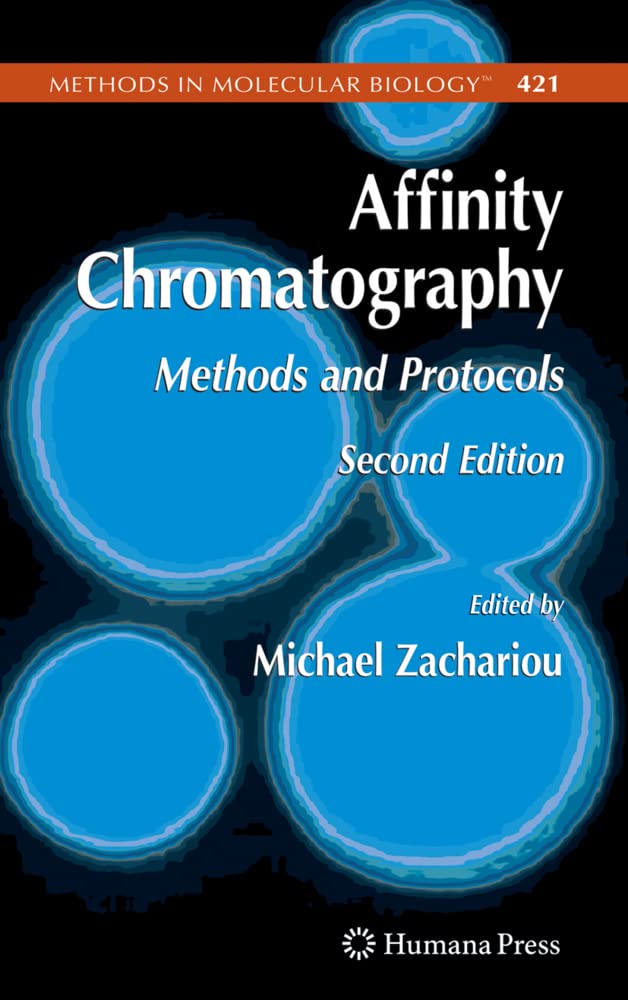AFFINITY CHROMATOGRAPHY: METHODS AND PROTOCOLS, 2ND EDITION (METHODS IN MOLECULAR BIOLOGY, VOLUME 421)
AFFINITY CHROMATOGRAPHY: METHODS AND PROTOCOLS, 2ND EDITION (METHODS IN MOLECULAR BIOLOGY, VOLUME 421)
Couldn't load pickup availability
Forty years after the term “affinity chromatography” was introduced, this mode of chromatography remains a key tool in the armory of separation techniques that are available to separation and interaction scientists. Affinity chromat- raphy is favored because of its high selectivity, speed, and ease of use. The rapid and selective isolation of molecules using affinity chromatography has allowed a better understanding of biological processes, accelerated the identi- cation of target molecules, and spawned new process areas such as immobilized enzyme reactors. It has had ubiquitous application in most areas of science ranging from small molecule isolation to biopolymers such as DNA, proteins, polysaccharides, and even whole cells. The number of applications of affinity chromatography continues to expand at a rapid rate. For example, more than 60% of purification protocols include some sort of affinity chromatography step, while a database search of PubMed reveals more than 36,000 publications making use of the term “affinity chromatography,” more than 3000 of which refer to it in their title.
Share

